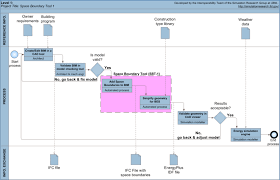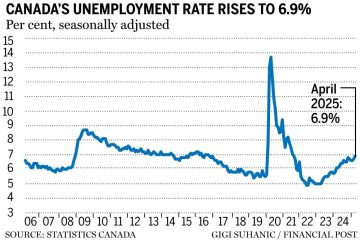Understanding the Current State of the Economy in Canada

Introduction
The economy plays a crucial role in shaping the lives of citizens, influencing everything from job availability to the purchasing power of households. In Canada, recent fluctuations in the economy have drawn significant attention, highlighting the need for an updated overview of the current economic landscape. Understanding these changes is vital for businesses, policymakers, and consumers alike.
Current Economic Indicators
As of October 2023, the Canadian economy is experiencing both challenges and opportunities. According to the latest Statistics Canada report, Canada has seen a GDP growth rate of 1.8% in the past year, which is a modest improvement compared to previous forecasts. Most sectors have shown resilience, particularly technology and green energy, which are spearheading growth amidst global climate concerns.
However, several challenges remain, including rising inflation rates, which have hovered around 4.2%. This has resulted in increased costs of living, particularly affecting low and middle-income families. The Bank of Canada has responded with a series of interest rate hikes aimed at curbing inflationary pressures.
Labor Market Developments
The job market has shown signs of recovery, with unemployment rates decreasing to 5.1%, signifying that more Canadians are returning to work. The service sector, especially hospitality and tourism, has rebounded significantly post-pandemic, although the tech sector faces a talent shortage amidst a growing demand for skilled workers. As businesses adapt to hybrid work models, there is an increasing push for workforce training and education programs to address skill gaps.
Impact of Global Events
Global events have also shaped Canada’s economic outlook. The ongoing geopolitical tensions, coupled with fluctuating commodity prices, have created uncertainties. The war in Ukraine has impacted supply chains and energy prices, while trade relations with the U.S. remain critical as they account for over 70% of Canada’s exports.
Conclusion
In conclusion, Canada’s economy is navigating a complex landscape characterized by growth in certain sectors and persistent inflation challenges. For Canadians, understanding these economic shifts is vital for making informed decisions related to employment, investment, and consumption. As we enter 2024, monitoring these indicators will be crucial for predicting future trends and preparing for potential volatility. Policymakers must remain agile in their approaches to foster a resilient economy that benefits all Canadians.





